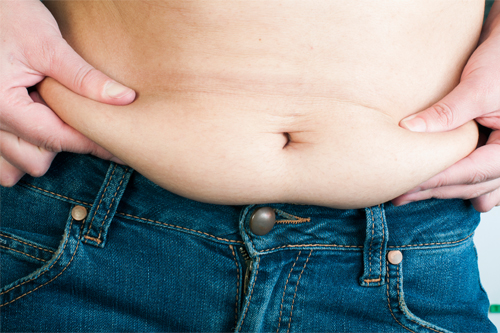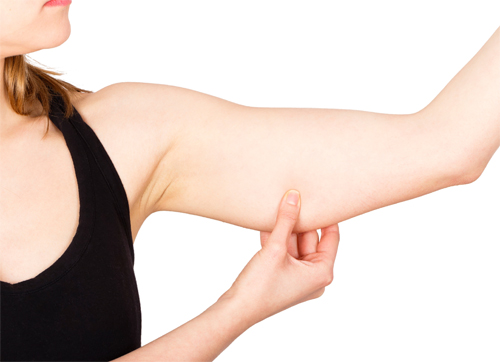
Losing weight is an incredible achievement, but for some, the journey doesn’t end when the scale hits their target number. Many individuals, especially those who experience significant weight loss, are left with loose skin. This article delves into the causes of loose skin after weight loss, how to manage it, and the options available to those seeking a tighter, more toned appearance.
Understanding Loose Skin After Weight Loss
Unfortunately, you might also be facing a negative side effect of dramatic weight loss: loose skin. When someone loses a significant amount of weight, especially in a short period, the skin may not have enough time to contract in line with the body’s new size. This is particularly common in individuals who undergo bariatric surgery or lose large amounts of weight rapidly.
The skin is made up of collagen and elastin, which give it its elasticity. However, with rapid weight loss, these components can become strained, leading to the skin’s inability to retract fully.
Loose skin often folds over itself, creating friction that results in infections and painful rashes. This most often occurs where the skin is loosest, including around the tummy, arms, hips, thighs and buttocks. In addition to excess skin’s less-than-ideal appearance, these infections and rashes could be a primary reason you’re hoping to learn how to tighten up.
Do Loose Skin After Weight Loss Go Away?

The extent to which loose skin will retract naturally varies based on factors like age, genetics, the amount of weight lost, and the speed at which it was lost. While some improvement may be seen over time, especially with weight losses of less significant amounts, not all loose skin will disappear on its own.
Some tightening can occur naturally, especially with proper skincare and muscle toning. However, for those who lose a significant amount of weight, the skin may not fully return to its pre-weight loss state without intervention.
It’s important to know that loose skin after weight loss doesn’t have to be permanent. Follow these expert tips for excess skin removal.
Non-Invasive Techniques to Tighten Loose Skin
Exercise
When you tone your muscles, you also tighten the surrounding skin. With this in mind, do strength training exercises three days a week. Your workouts should include:
- Bicep curls to target loose skin on your arms
- Crunches and other core workouts to tone the skin on your abs
- Leg raises, squats and lunges to address sagging skin on your legs
You will also benefit from doing aerobics three days a week. Swimming, biking, jogging and even dancing help tone muscles across your body and help build endurance.
While implementing these expert tips, wear compression garments such as SPANX to compress excess skin on your tummy, hips, thighs and buttocks. You can find inexpensive, effective options at local retailers such as Target or Wal-Mart.
Surgical Options for Loose Skin
For those seeking more drastic solutions, body contouring surgery offers a way to remove excess skin:
- Tummy Tuck (Abdominoplasty): Removes extra skin from the abdomen.
- Arm Lift (Brachioplasty): Addresses sagging skin on the upper arms.
- Thigh Lift: Targets loose skin on the inner or outer thighs.
- Full Body Lift: A comprehensive approach that addresses multiple areas of the body.
- Liposuction to address troublesome areas
It’s crucial to consult with qualified plastic surgeons when considering these options. They can provide insights tailored to individual needs and ensure the best possible outcomes.
Setting Realistic Expectations
While there are numerous treatments and strategies to address loose skin, it’s essential to set realistic expectations. Age and genetics play a significant role in skin elasticity. Some individuals may find that, despite their best efforts, they still have some degree of loose skin. While outcomes vary, you can always contact a BMI of Texas weight loss expert with questions about your specific situation.
Losing a significant amount of weight is a commendable achievement. While the journey may introduce new challenges like dealing with loose skin, there are various strategies and treatments available to help. Whether opting for non-invasive methods or considering plastic surgery, always consult a healthcare professional to ensure safety and efficacy. Remember, every individual’s journey is unique, and what’s most important is feeling confident and comfortable in your skin.
Embrace the loose skin. It is a badge of honor and something to be proud of. Remember too that clothes hide a lot and the perception of your loose skin is likely far worse than reality.
Unfortunately, most cosmetic surgery is a cash-only option and insurance rarely will cover the expenses. If they do, it would be authorized by your plastic surgeon. BMI of Texas has a select group of plastic surgeons that we refer to.

